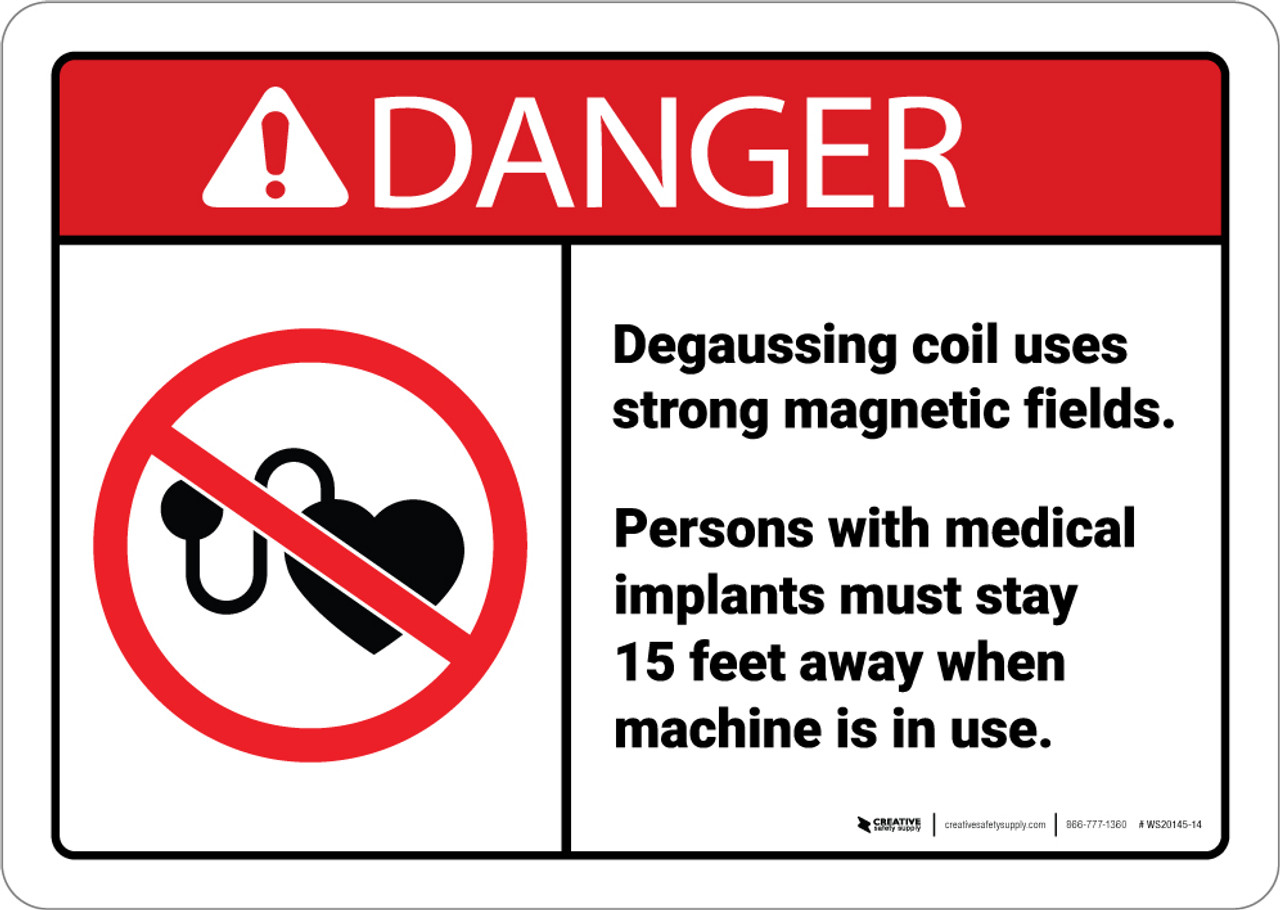
Posted on 05/24/2023 7:36:12 AM PDT by Red Badger

Stanford researchers have discovered that certain brain signals actually flow the wrong way in people with treatment-resistant depression — and that magnets can correct the misdirection and help patients feel better.
“This is the first time in psychiatry where this particular change in a biology — the flow of signals between these two brain regions — predicts the change in clinical symptoms,” said Nolan Williams, senior author of a paper detailing the discovery.
The challenge: While most people living with depression can find some relief with medications, approximately 84 million people globally have treatment-resistant depression, meaning they still don’t feel better even after trying multiple antidepressants.
But about 50% of people with treatment-resistant depression do respond to transcranial magnetic stimulation (TMS), according to Adam P. Stern, MD, an assistant professor of psychiatry at Harvard Medical School, who was not involved with the new study. TMS uses magnetic fields to painlessly and noninvasively stimulate nerve cells in the brain, usually for 20-50 minutes a day, five days a week, for several weeks or even months.
This has been a life-changing discovery for many people with stubborn depression, but exactly how it works has remained a mystery. That’s made it hard to know which patients are likely to benefit from TMS before they commit to the treatment.
“The leading hypothesis has been that TMS could change the flow of neural activity in the brain,” said Anish Mitra, lead author of the new paper. “But to be honest, I was pretty skeptical.”
What’s new? To test his skepticism, Mitra and his colleagues recruited 33 people with treatment-resistant depression for the study, published in PNAS.
Twenty-three of the participants underwent an accelerated, highly effective version of TMS — known as “Stanford neuromodulation therapy” — that consists of 10 sessions per day for five days. The others received a sham treatment.
All of the participants’ had their brain activity mapped using fMRI before and after the treatment phase of the study. Data was also collected on 85 people without depression.
In 75% of the people with depression, some of the signals flowed the opposite way.
The results: When they analyzed the fMRI data, something stood out: a connection between a brain region that regulates physical sensations (the anterior insula) and a region that governs emotions (the anterior cingulate cortex).
As expected, in the brains of people without depression, signals traveled from the physical sensation area to the emotional area.
“You could think of it as the anterior cingulate cortex receiving this information about the body — like heart rate or temperature — and then deciding how to feel on the basis of all these signals,” explained Mitra.
Within 3 days of finishing the TMS treatment, the reversed signals were flowing in the right direction.
In 75% of the people with depression, however, some of the signals flowed the opposite way, and the more severe a person’s depression, the greater the proportion of wrong-way signals.
“It’s almost as if you’d already decided how you were going to feel, and then everything you were sensing was filtered through that,” said Mitra. “The mood has become primary.”
Within 3 days of finishing the TMS treatment, the reversed signals were flowing in the right direction, and patients were reporting an improvement in their mood — the more severe their depression was to begin with, the greater the reported improvement.
The bottom line: Not everyone with treatment-resistant depression displayed the wrong-way signals, but this finding may turn out to be a useful indicator that a person has depression and is likely to respond to TMS.
“Behavioral conditions like depression have been difficult to capture with imaging because, unlike an obvious brain lesion, they deal with the subtlety of relationships between various parts of the brain,” said senior author Mark Raichle.
“It’s incredibly promising that the technology now is approaching the complexity of the problems we’re trying to understand,” he continued.
“Reality exists in the human mind, and nowhere else.” ― George Orwell, 1984
“Nothing was your own except the few cubic centimetres inside your skull. ” ― George Orwell, 1984
“We do not merely destroy our enemies; we change them.” ― George Orwell, 1984

Back in my TV Engineer days working at a local ABC affiliate, we had this giant degausser that we used to bulk erase videotape cassettes for reuse.
Whenever I heard someone else say something stupid, I would jokingly turn it on and place my head on it, then give a sigh of relief with my newly erased brain.
Who knew that I was really onto something.
Beer and cigars usually help me.

....a sham treatment......
I hope it matched the bedspread and curtains.................
[[The others received a sham treatment.]]
They got covid vaccines?
I got a Brother in law that can tune your cathode ray TV with various types of magnets. He is good! Crystal clear picture.

In my younger days I had many roles on the fire department that I worked for. When staff was short I would be sent to the 911 dispatch center. WE had a limited number of tapes that were used to record 911 calls. After a few months we had to erase them, so this was a daily duty using a degausser probably similar to the one you described. Ours had some type of warning label. I have no idea what it actually said. But it is funny that some people who wear magnets around for some type of perceived health benefit are afraid of other forms of magnetic fields. We had a few people who refused to go near it even when it was off.

Probably something like this:

The Earth is a giant magnetic field.
Ever heard of a “controlled experiment”?
That concept shows up in elementary school science classes ...
In the old days they called this a lobotomy.
Please compare the field strength of Earth’s magnetic field, on the surface, to the field strength of an MRI machine at 10 feet from the aperture.
“I’d rather have a bottle in front of me than a frontal lobotomy!” - W.C. Fields....................
Yes, that looks vaguely similar. Cousin Eddie and someone with a pacemaker should probably stay away from something with that type of warning label.
.....but not in multi-billion dollar mRNA vaccine tests..................
Not to mention folks with screws, metal joint replacements, veterans with bullets and other metal bits still in them etc.
Disclaimer: Opinions posted on Free Republic are those of the individual posters and do not necessarily represent the opinion of Free Republic or its management. All materials posted herein are protected by copyright law and the exemption for fair use of copyrighted works.